Proper socialization is one of the most important things you can do for your dog’s long-term happiness and behavior. A well-socialized dog is confident, calm, and friendly—not only with people but also with other animals and environments. Whether you’re raising a puppy or working with an adult dog, here are seven practical steps to successfully socialize your furry friend.
Step 1: Start Early (If Possible)

The best time to begin socialization is between 3 to 14 weeks of age. Puppies in this developmental window are more open to new experiences. That said, it’s never too late—adult dogs can still learn social skills with time and patience. Begin exposing your dog to different sights, sounds, people, and animals gradually, based on their comfort level.
Step 2: Introduce One New Experience at a Time
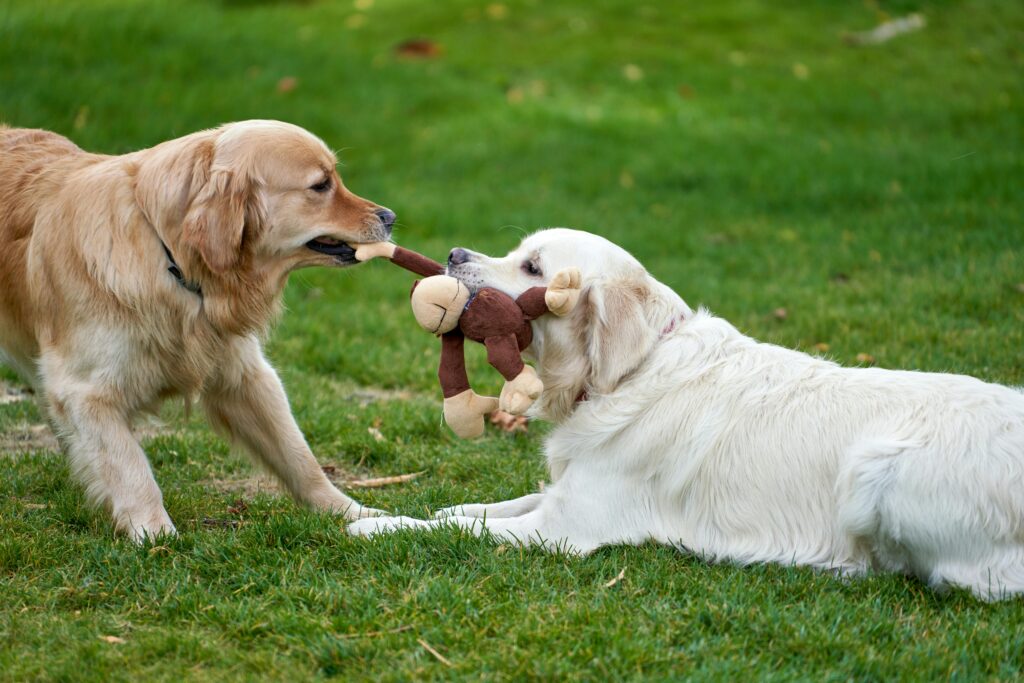
Avoid overwhelming your dog. Instead of taking them to a crowded dog park on day one, try introducing them to one new person or pet at a time. Let your dog approach at their own pace and use treats to create positive associations. The key is quality over quantity—focus on calm, controlled experiences.
Step 3: Use Positive Reinforcement
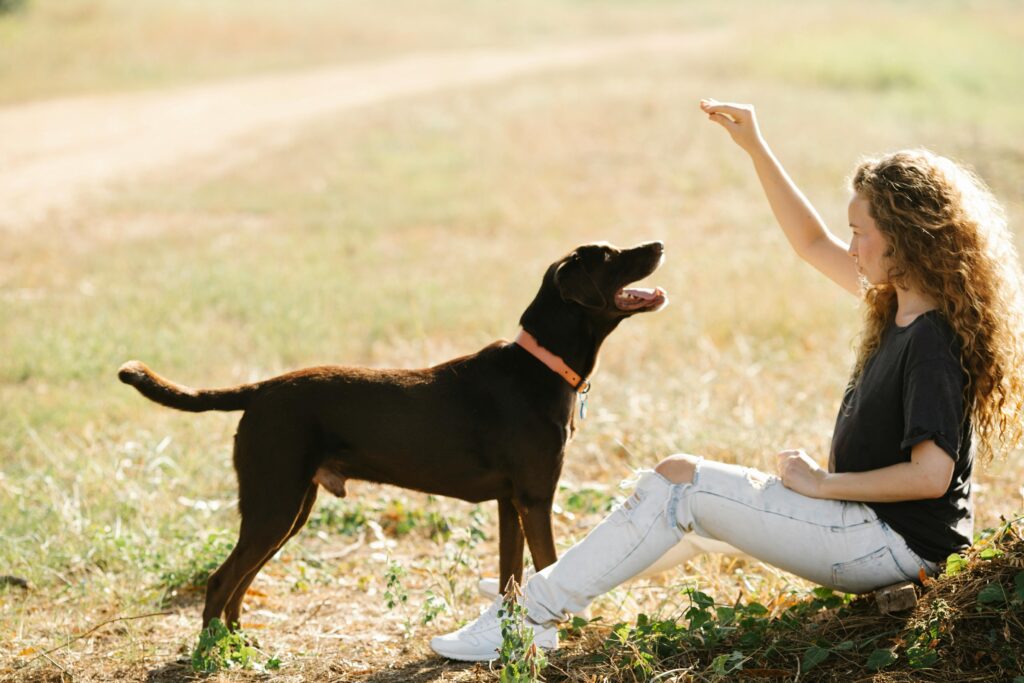
Dogs thrive on praise and rewards. Each time your dog behaves calmly or confidently in a new situation, offer treats, toys, or affection. This helps them associate social interactions with something enjoyable. Avoid using punishment, as it can create fear and make socialization more difficult.
Step 4: Expose Them to Various Environments
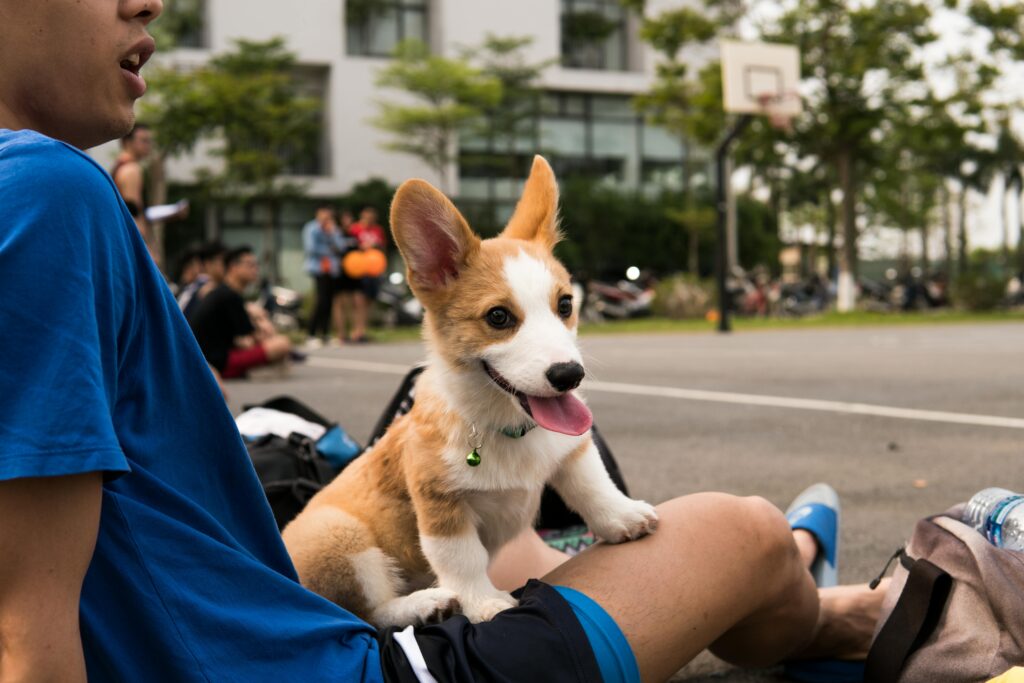
Socialization goes beyond people and pets. Expose your dog to different environments such as city streets, parks, cars, elevators, and even busy markets. Varying these environments helps your dog stay adaptable and reduces fear of the unknown. Always prioritize your dog’s safety and comfort level when doing this.
Step 5: Practice Controlled Dog-to-Dog Interactions
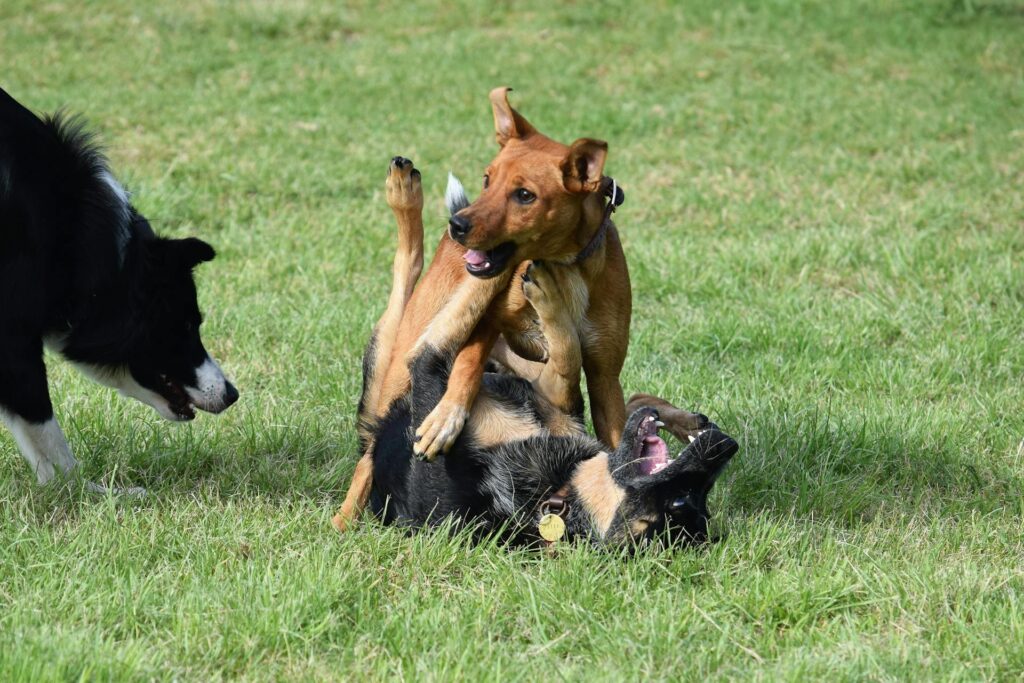
When introducing your dog to others, especially for the first time, do it in a neutral location like a park or open space. Use a leash, maintain control, and observe both dogs’ body language. Reward good behavior, and if either dog seems tense or aggressive, calmly redirect and try again later.
Step 6: Invite Friends and Family to Help
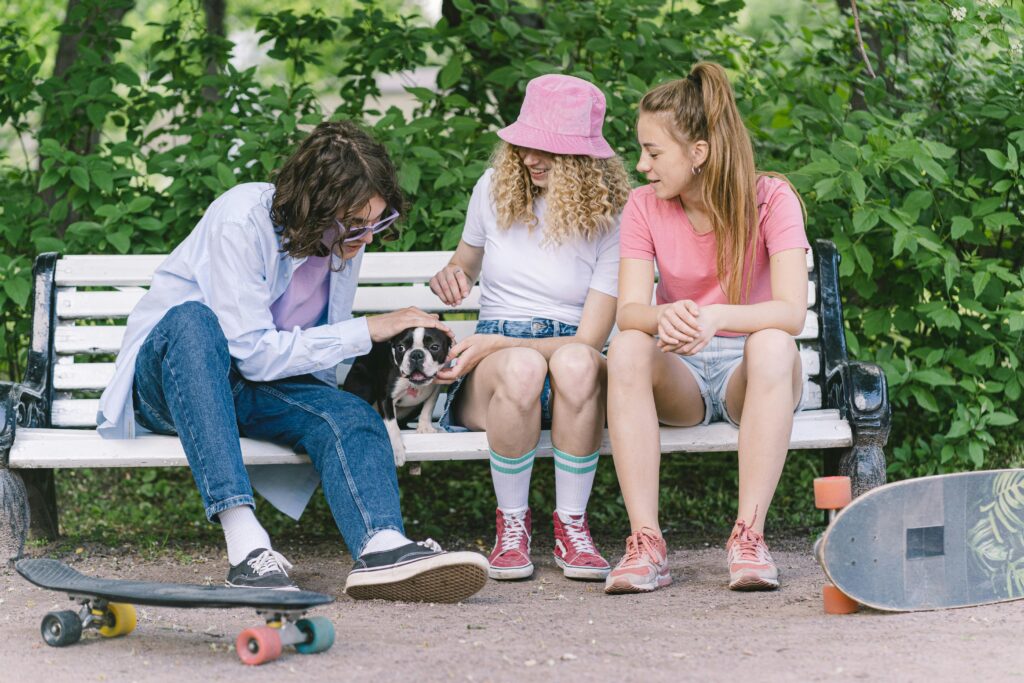
Ask trusted friends and family to participate in the socialization process. Let your dog interact with different people—men, women, children, and individuals with hats, wheelchairs, or umbrellas. This helps your dog get used to people who look or sound different from their daily caregivers.
Step 7: Be Patient and Consistent
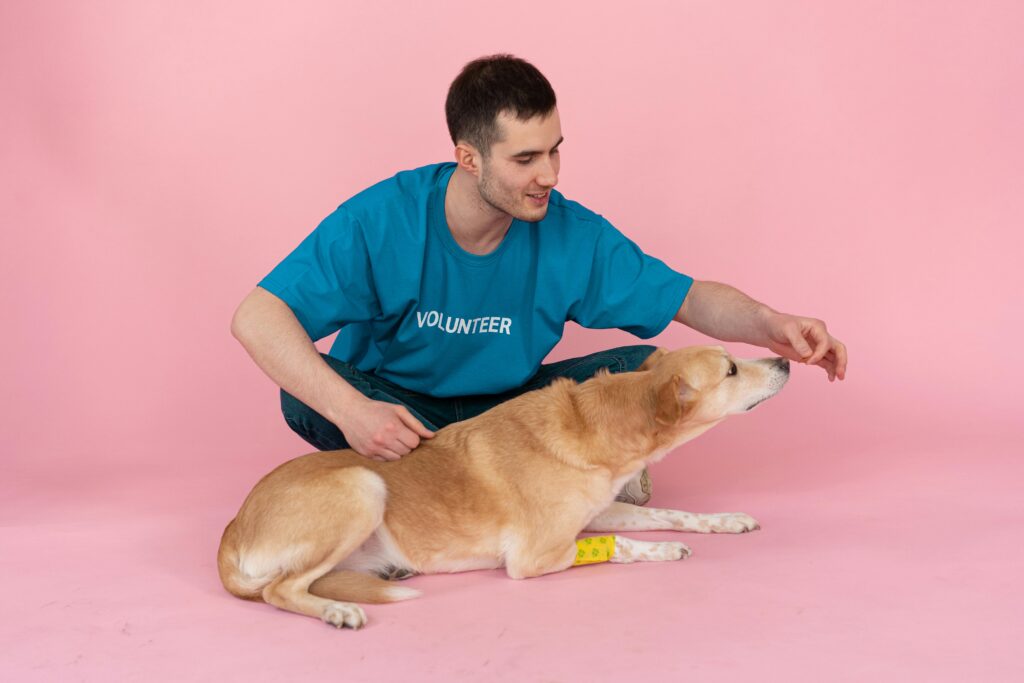
Socialization is not a one-time event—it’s an ongoing process. Every dog learns at their own pace. Be consistent with training and practice, and don’t get discouraged by setbacks. Celebrate small victories, and over time, your dog will grow into a well-adjusted companion.
Final Thoughts
A well-socialized dog is not only more enjoyable to live with but also less likely to develop behavior problems in the future. With patience, structure, and love, your dog can learn to thrive in a variety of social settings. Start small, reward progress, and most importantly, make it a positive experience for your canine companion.













